Search
Search Results

Definition
Religion in the Ancient World
Religion (from the Latin Religio, meaning 'restraint,' or Relegere, according to Cicero, meaning 'to repeat, to read again,' or, most likely, Religionem, 'to show respect for what is sacred') is an organized system of beliefs and practices...

Video
Early Dynastic Mesopotamia | Ancient Documentary | The Sumerian and Akkadian Empires.
The Early Dynastic Period of Mesopotamia is the modern-day archaeological term for the era in Mesopotamian history — 2900-2334 BCE — during which some of the most significant cultural advances were made including the rise of the cities, the...
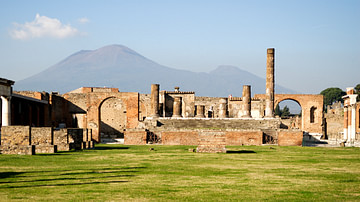
Definition
The Ancient City
In the study of the ancient world a City is generally defined as a large populated urban center of commerce and administration with a system of laws and, usually, regulated means of sanitation. This is only one definition, however, and the...

Image
Map of the World from Sippar, Mesopotamia
This tablet contains both a cuneiform inscription and a unique map of the Mesopotamian world. Babylon is shown in the center (the rectangle in the top half of the circle), and Assyria, Elam and other places are also named. The central area...
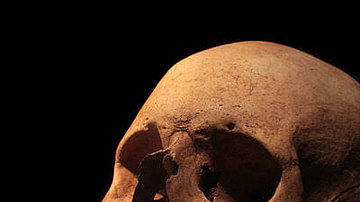
Definition
Ghosts in the Ancient World
A belief in an afterlife was central to every major civilization of the ancient world and this encouraged the recognition of the reality of ghosts as the spirits of the departed who, for one reason or another, either returned from the realm...
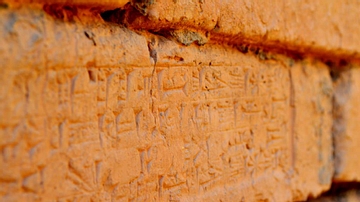
Image
Stamped Mud Brick, Babylonia, Mesopotamia
This is a stamped mud brick with cuneiform inscriptions, which lies within a building's wall in ancient Babylonia (modern Babylon governorate), Mesopotamia, Iraq.
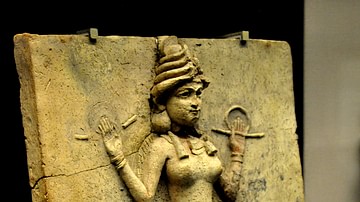
Image
Queen of the Night or Burney's Relief, Mesopotamia
The figure could be an aspect of the goddess Ishtar, the Mesopotamian goddess of sexual love and war, or Ishtar's sister and rival, the goddess Ereshkigal who ruled over the Underworld, or the demoness Lilitu, known in the Bible as Lilith...
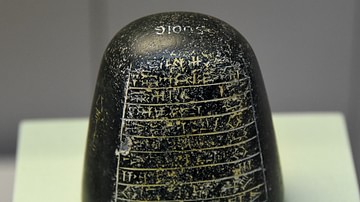
Image
A One-mina Weight from Southern Mesopotamia
This is a diorite mina weight in the shape of a sugar loaf. The inscriptions state that this was a copy of a weight made for Nebuchadnezzar, following the standard of Shulgi, "The Old Sumerian King" (reigned 2094-2047 BCE). It was the property...

Image
Female Worshipper Statue, Mesopotamia
Only the upper half of this clay statue of a naked woman has survived. It represent a worshipper. Traces of red color (original paint) can still be seen. She has an elaborate hair style and wears a 4-strand necklace and broad bracelets. Date...
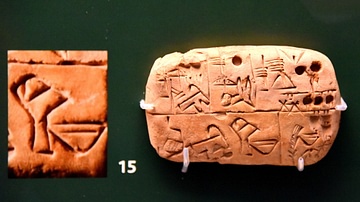
Image
Bread Rations from Mesopotamia
In this food issue list, "rations" is written by combining a human head a bowl (a triangular object in front of the head). This combination, in later Sumerian texts, means "to eat". The triangular object was the regular representation of...